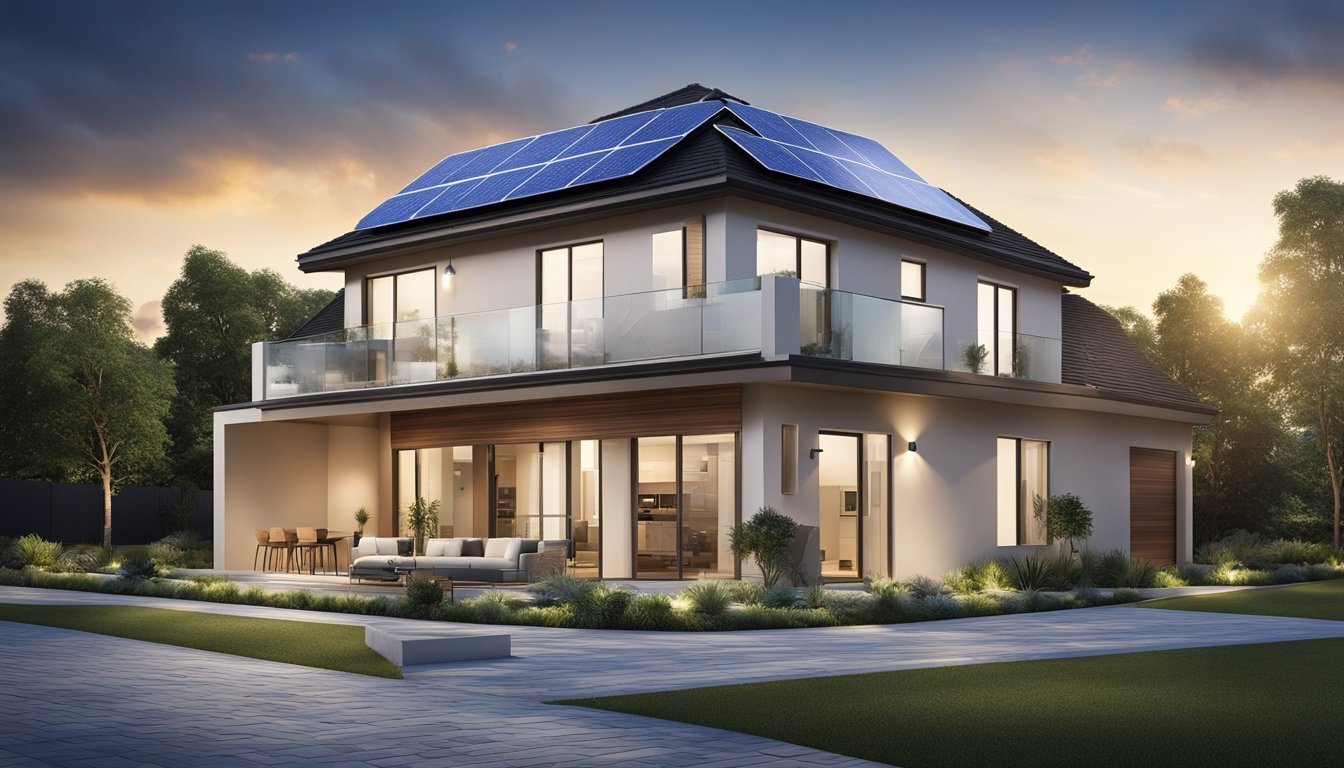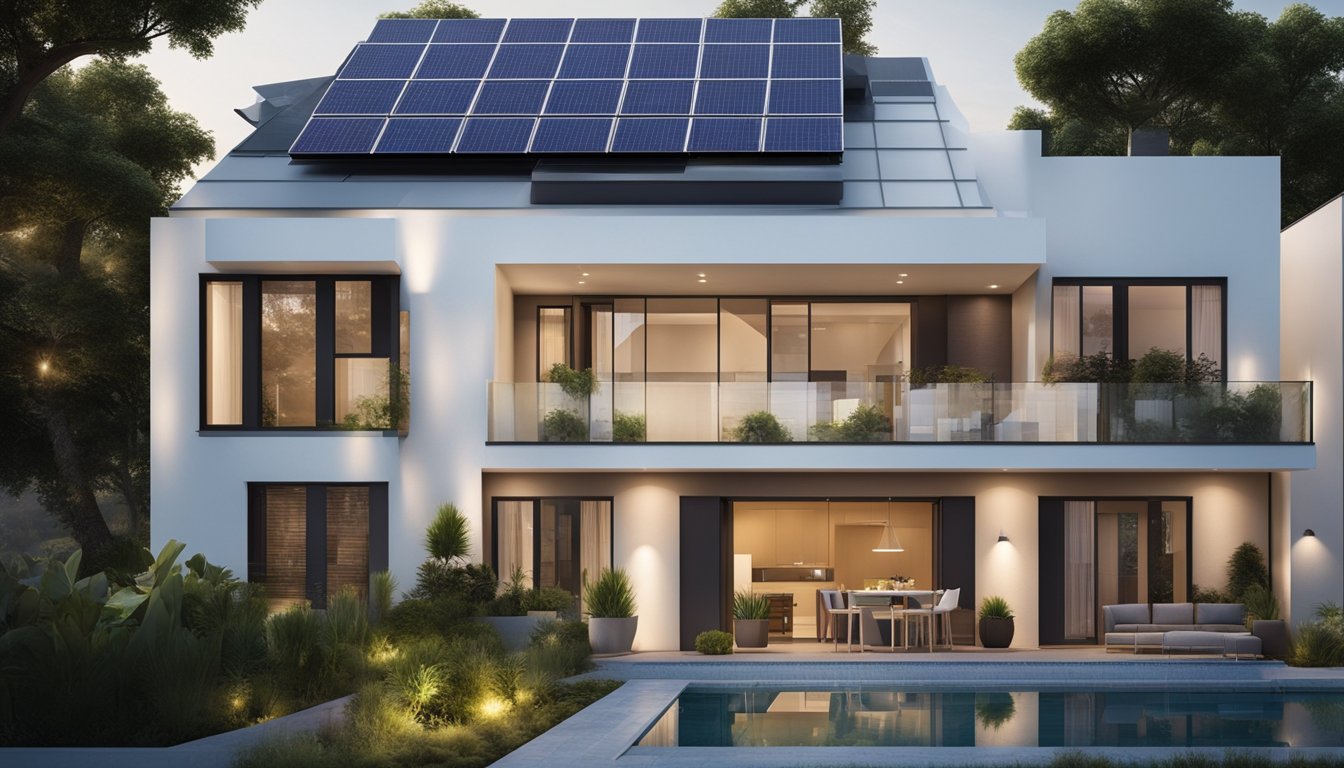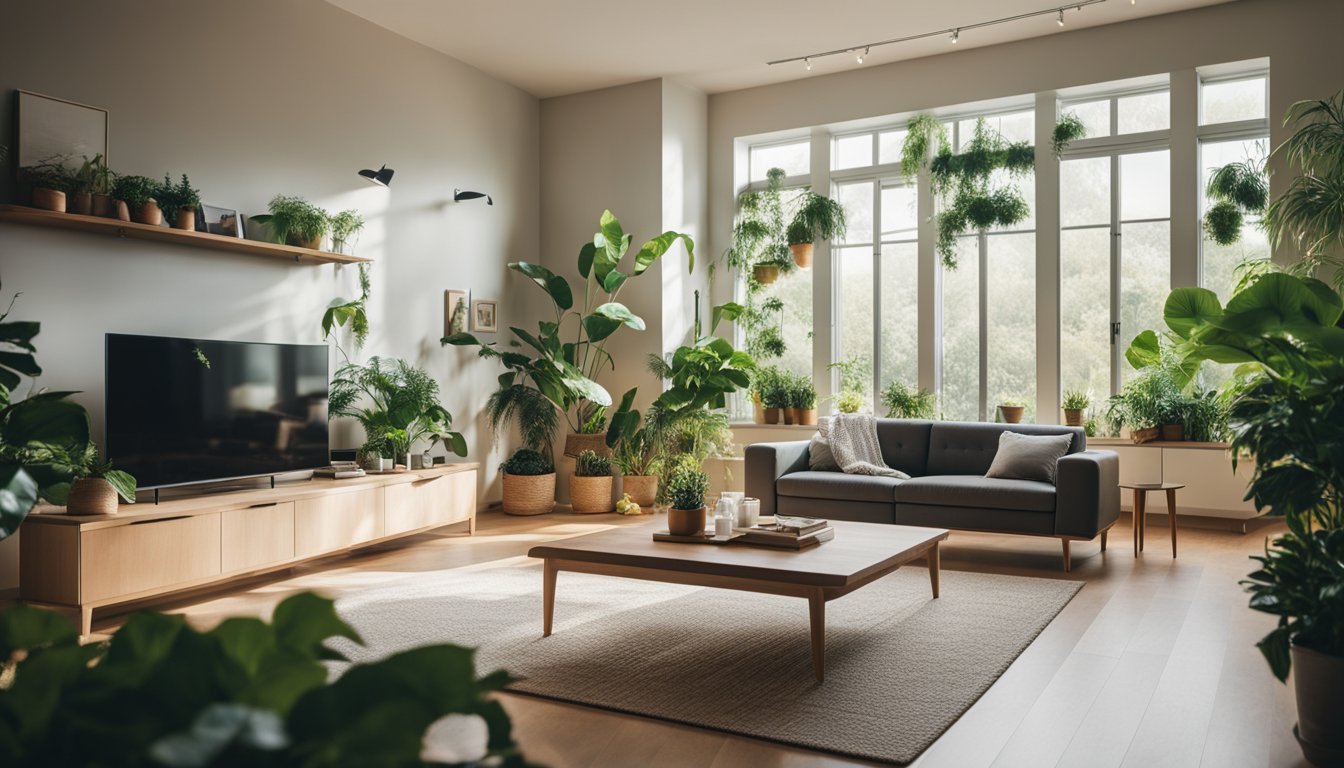Late updated: 17 Feb 2025 13:02
Written by: Daniel Harper
Smart Ways To Enhance Your Home's Energy Efficiency: Practical Tips and Insights
As we look towards making our homes more energy efficient, it's not just about cutting costs, but also contributing positively to the environment. Making small changes like switching to LED bulbs and insulating your attic can substantially reduce your energy bills and carbon footprint. Efficient energy use ensures comfort while promoting sustainability, and opens up avenues for adopting renewable energy sources in our daily lives.

Imagine living in a place where energy waste is minimised, and our power needs align with eco-friendly practices. From sealing air leaks to using smart thermostats, the upgrades we implement today can create a greener tomorrow. By investing in energy-efficient appliances and better home insulation, we can collectively make a significant impact.
There's also something rewarding about knowing we're making informed choices that benefit both the planet and our wallets. Let's explore these strategies that not only enhance our homes but encourage a lifestyle that cherishes efficiency and sustainability.
Key Takeaways
- Insulating and ventilating your home can greatly enhance energy efficiency.
- Renewable energy and efficient appliances help reduce energy bills.
- Simple changes contribute to a lower carbon footprint.
Maximising Home Insulation and Ventilation
Enhancing our home's energy efficiency can be significantly achieved through effective insulation and ventilation strategies. By properly insulating our homes, we reduce energy usage, cut down on energy bills, and enhance overall comfort. Meanwhile, improving ventilation helps manage indoor air quality while reducing heating and cooling demands.
Optimising Insulation for Energy Conservation
Insulation plays a crucial role in energy conservation. By preventing heat transfer, it helps maintain a stable indoor temperature, reducing the need for excessive heating or cooling. We should consider various materials such as blown-in cellulose, spray foam, and rigid foam boards to suit our specific needs and budget.
Double-glazed windows are also effective in minimising heat loss. They're designed to trap air between glass layers, creating a barrier against temperature fluctuations. Consulting with professionals can provide insights into the best insulation methods tailored to our home’s construction and climate, ensuring we achieve maximum energy efficiency.
Enhancing Ventilation to Reduce Heating and Cooling Needs
Proper ventilation is essential for maintaining indoor air quality and managing energy consumption. Natural ventilation methods, like opening windows and doors, facilitate air exchange, reducing reliance on mechanical systems. Incorporating cross-ventilation design can enhance airflow efficiently.
A balanced ventilation system can help tackle humidity issues, reducing mould and allergens. Installing an energy recovery ventilator (ERV) ensures fresh, filtered air enters the home while conserving energy by capturing heat from outgoing air. By improving ventilation, we effectively reduce heating and cooling needs, contributing to lower energy bills and a healthier living environment.
Draught-Proofing Techniques and Benefits
Draught-proofing is a simple yet effective way to enhance energy efficiency. By sealing gaps around windows, doors, and other areas, we prevent unwanted air leaks. Applying door seals and using draught excluders are straightforward methods to achieve this.
Draught-proofing not only conserves energy by maintaining desired indoor temperatures, but it also increases comfort by eliminating cold spots and reducing noise. This approach significantly cuts energy consumption, allowing us to save money in the long run. By focusing on these techniques, we ensure our homes remain energy-efficient and cost-effective.
Adopting Renewable Energy and Efficient Appliances

To improve energy efficiency at home, focusing on renewable energy adoption and modern, efficient appliances is key. With technologies like solar panels and energy-saving appliances, we can significantly reduce both our carbon footprint and energy bills.
Switching to Solar Panels for Sustainable Power
Solar panels convert sunlight into electricity, providing an eco-friendly power solution. Installing solar panels not only lowers our reliance on non-renewable energy sources but also helps save money over time. Many governments offer incentives and tax breaks to encourage the adoption of solar energy, making it a more accessible option for homeowners. The return on investment can be substantial, especially when solar power is used efficiently.
Choosing the right solar panels requires consideration of energy needs and available space. We need to assess factors such as the efficiency, size, and cost of panels, alongside potential government incentives. By investing in solar panels, we contribute to a cleaner environment while reducing energy costs.
Investing in Energy-Efficient Appliances and Lighting
Energy-efficient appliances and lighting play a vital role in reducing energy consumption. Appliances with an Energy Star rating consume significantly less power. By replacing older appliances with energy-efficient ones, we can see a noticeable reduction in our electricity bills.
LED bulbs are another simple yet effective way to enhance energy efficiency. They consume less energy and have a longer lifespan compared to traditional incandescent bulbs. Installing these bulbs throughout our homes contributes to reducing energy usage significantly.
Checking the energy rating label on appliances before purchasing can guide us in selecting products that align with our efficiency goals. Investing in appliances and lighting solutions designed for energy savings helps us manage our resources prudently while promoting sustainability.
Frequently Asked Questions

Exploring the nuances of energy efficiency can lead to substantial savings. Let's examine how smart technology, design features, appliances, and sustainable practices can improve efficiency and lower costs.
How can smart technology contribute to a home's energy efficiency?
Smart technology allows for precise control and monitoring of energy use. Smart thermostats, for instance, learn our habits and adjust accordingly, maximising comfort while minimising waste. Energy-efficient lighting systems with sensors ensure lights are on only when needed.
What design features are key for an energy-efficient home?
Incorporating passive solar design, optimal insulation, and energy-efficient windows are significant factors. These elements minimise heat escape during winter and reduce heat entry in summer, maintaining comfort with less energy.
What low-cost measures can homeowners take to reduce energy consumption?
Small changes can lead to savings. Sealing air leaks and adding weather stripping or using energy-efficient light bulbs can quickly reduce energy use. Simple practices, like unplugging unused electronics, also help.
How do energy-efficient appliances help in lowering energy bills?
Appliances rated for high efficiency use less energy over time. They reduce electricity demand without sacrificing performance. By replacing older models with energy-efficient versions, homeowners can see a marked decrease in their utility costs.
What are the best practices for maintaining energy efficiency in a home throughout the year?
Regular maintenance of HVAC systems and sealing ductwork are crucial for consistent efficiency. Seasonal checks and routine cleaning of filters ensure systems run smoothly. Adjusting thermostat settings according to the weather is also beneficial.
Which renewable energy sources are most suitable for residential use to enhance energy efficiency?
Solar panels and wind turbines are becoming increasingly popular for residential energy solutions. These systems reduce dependency on the grid and provide sustainable, clean energy that can significantly cut down on household energy use.
